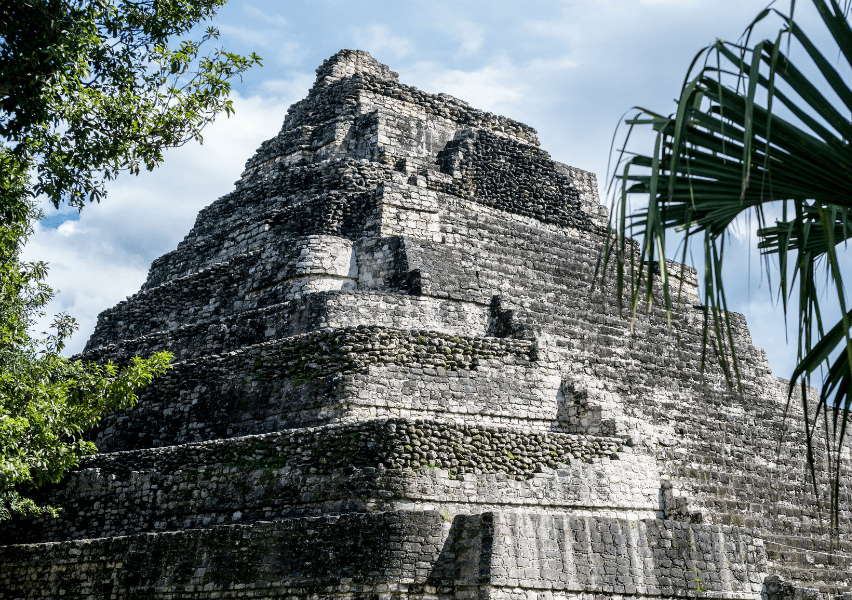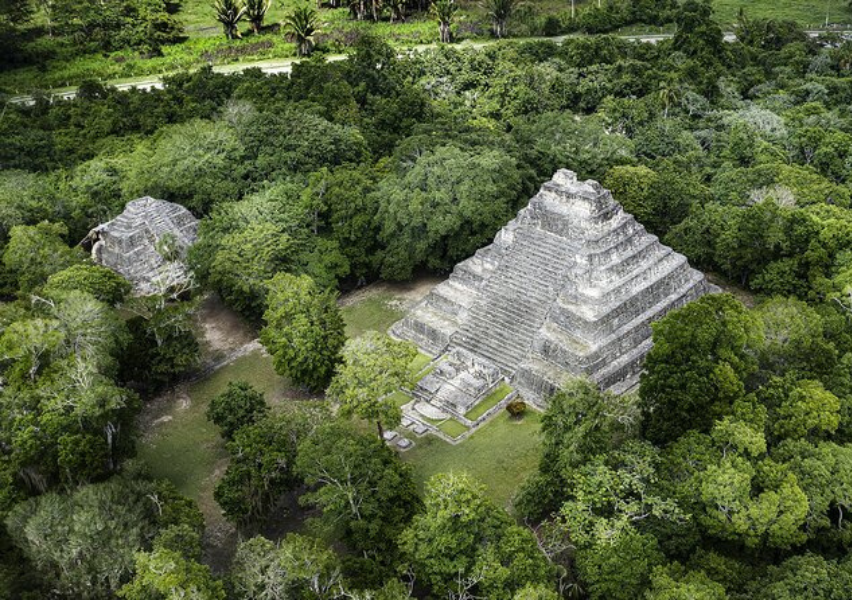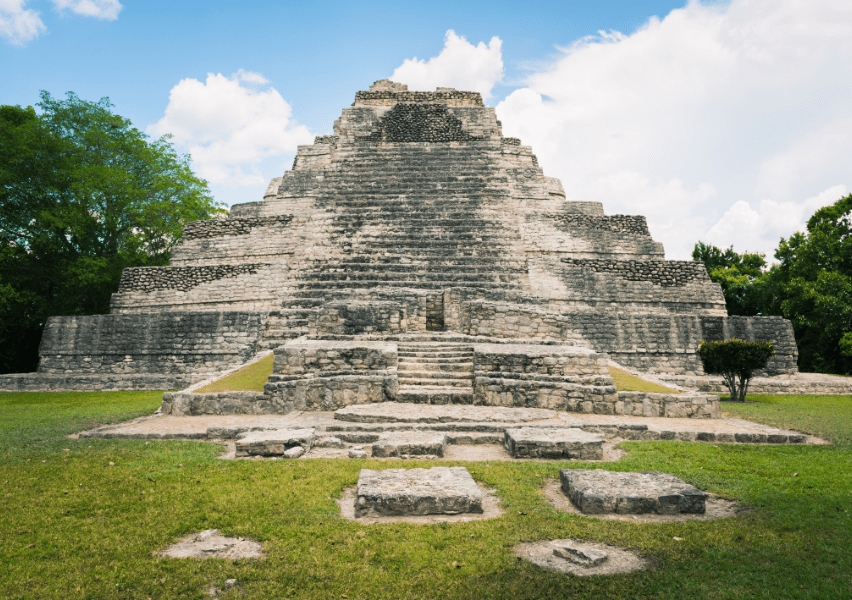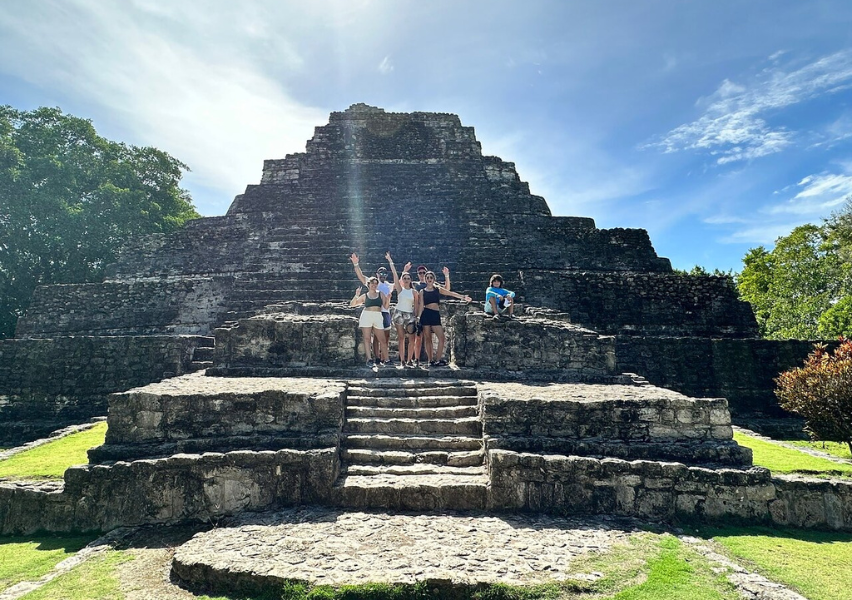Nestled amidst the lush jungles of the Yucatan Peninsula in Mexico, the Chacchoben Archaeological Zone stands as a testament to the rich history and cultural heritage of the ancient Maya civilization. This sacred site has become a captivating destination for history enthusiasts and curious travelers eager to explore the remnants of a once-thriving ancient city.
History

Architectural Marvels
The Chacchoben Archaeological Zone boasts a stunning array of architectural marvels that showcase the advanced engineering and astronomical knowledge of the ancient Maya. Among the notable structures are the towering pyramids, temples, and ceremonial plazas, each meticulously designed and aligned with celestial events. The most prominent structures are the Structure 24 and the Gran Basamento, which serve as focal points for visitors exploring the site.
Location

Excavation & Restoration
Rediscovered in the 1940s, Chacchoben underwent significant excavation and restoration efforts in the late 20th century, allowing visitors to witness the site’s former glory. Archaeologists have carefully unearthed intricate stucco friezes, pottery, and ceremonial objects, shedding light on the daily life, religious practices, and artistic achievements of the ancient Maya.
Visitor Experience

